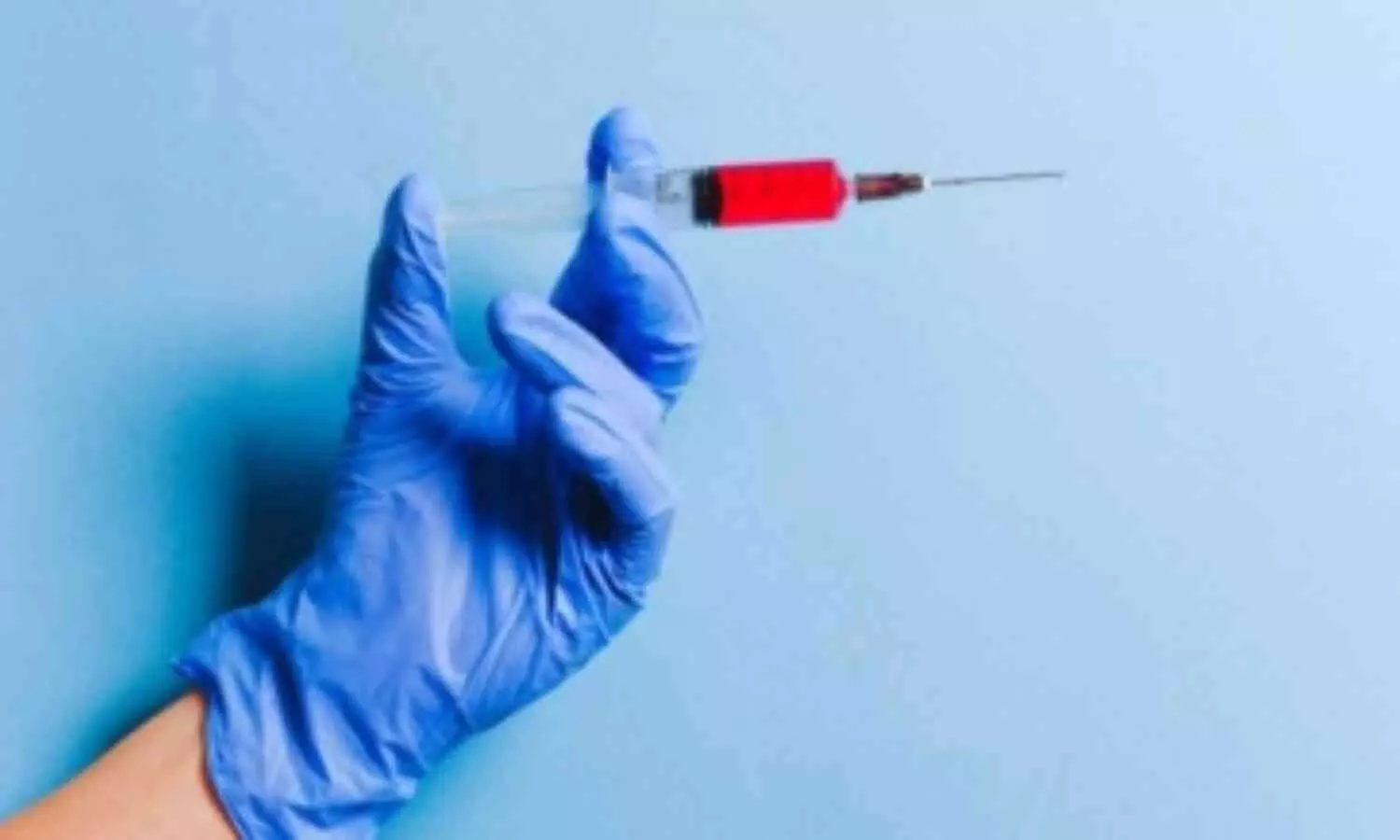American Academy of Pediatrics Recommends Painkillers for Children When Needed

New Delhi: Pediatricians must prescribe opioids for pain to children when necessary, with recommended precautions to increase safety, according to a new clinical practice guideline released by the American Academy of Pediatrics (AAP) on Monday.
The American Academy of Pediatrics (AAP) has released its first-ever clinical practice guideline for opioid prescriptions in children, aimed at striking a balance between effective pain management and the risks of addiction. The guideline, published in Pediatrics, outlines how and when to prescribe opioids for children while minimizing the potential for long-term addiction. It also includes recommendations for pain assessment and non-opioid treatments.
Dr. Scott Hadland, the lead author of the guideline, highlighted the challenges pediatricians face with opioid prescribing. Over the last two decades, medical practice has seen both an over-prescription of opioids and a subsequent sharp reduction in their use. This pendulum swing has led to concerns that some children's pain may be undertreated. The guideline seeks to address these issues, ensuring children receive appropriate pain management while minimizing addiction risks.
The AAP also recommends combining opioids with other non-pharmacological approaches to pain management, such as physical therapy, to reduce reliance on opioids as the sole treatment option. This multimodal approach can help manage pain more effectively while lowering the dosage and duration of opioid use. The guideline stresses that this combination of therapies offers a more comprehensive pain management strategy.
The guideline emphasizes the importance of educating both patients and caregivers about pain control therapies, including the safe use, storage, and disposal of opioids. Proper education is crucial in preventing accidental overdoses and misuse. Families should also be informed about how to recognize the signs of an opioid overdose and intervene when necessary.
Another critical aspect of the guideline is the restriction on the use of certain opioids, such as codeine and tramadol, in pediatric patients. These drugs are only approved for use in adults and should not be prescribed to children younger than 12 years old. Additionally, they should not be used in patients aged 12 to 18 with specific chronic conditions or those younger than 18 who have undergone procedures like tonsillectomy or adenoidectomy. These precautions are intended to protect vulnerable children from the potential dangers of opioid use.
In addition to opioid prescription guidelines, the AAP stresses the need for improved pain management across emergency medical services (EMS) settings. Pain management in children, particularly neonates, has historically lagged behind that of adults. However, recent advancements have led to better approaches in emergency departments (EDs) for treating pediatric pain.
Training EMS providers in pediatric pain management is crucial, as many EMS personnel receive limited education on this topic. Developing pain assessment protocols and offering educational initiatives can improve care in prehospital settings. Furthermore, non-invasive pain control methods, such as transmucosal medications and nitrous oxide, are now available as alternatives to intravenous administration, providing pain relief without requiring IV access.
Creating a child-friendly environment in the ED is also essential for reducing stress and pain. Child life specialists and stress management techniques, such as distraction tools, can significantly ease anxiety and improve the overall experience for children undergoing medical procedures. Allowing family members to be present during painful procedures can further reduce distress, although it may not directly impact pain levels.
Validated pain assessment tools, such as the Wong-Baker FACES scale and the FLACC scale, help measure pain in children, including those too young or cognitively impaired to express it verbally. Pain assessment should be continuous throughout a child's ED visit to monitor treatment effectiveness.
Topical anesthetics are recommended for procedures like IV placements and laceration repairs. New products, including liposomal lidocaine creams and vibrating devices, have been developed to minimize discomfort during medical procedures. For neonates, simple methods like sucrose solutions and pacifiers have been found effective in reducing pain.
The AAP guideline also addresses pain management for children with developmental disabilities, who may require additional support and tailored pain management protocols. Emergency physicians should be aware of these unique needs and involve caregivers in the process to ensure effective pain relief.
In summary, the AAP’s new guideline provides pediatricians with clear instructions on when and how to prescribe opioids for children while emphasizing the need for non-opioid treatments and comprehensive pain management strategies. By promoting a cautious and balanced approach, the guideline aims to protect children from both untreated pain and the risks of opioid addiction.


